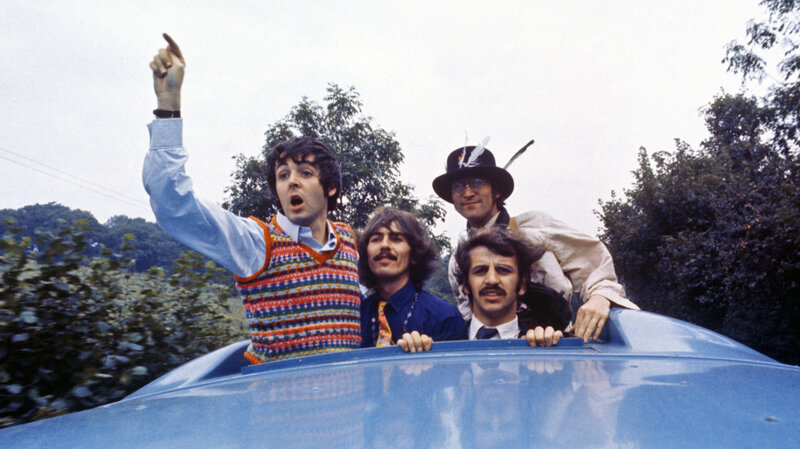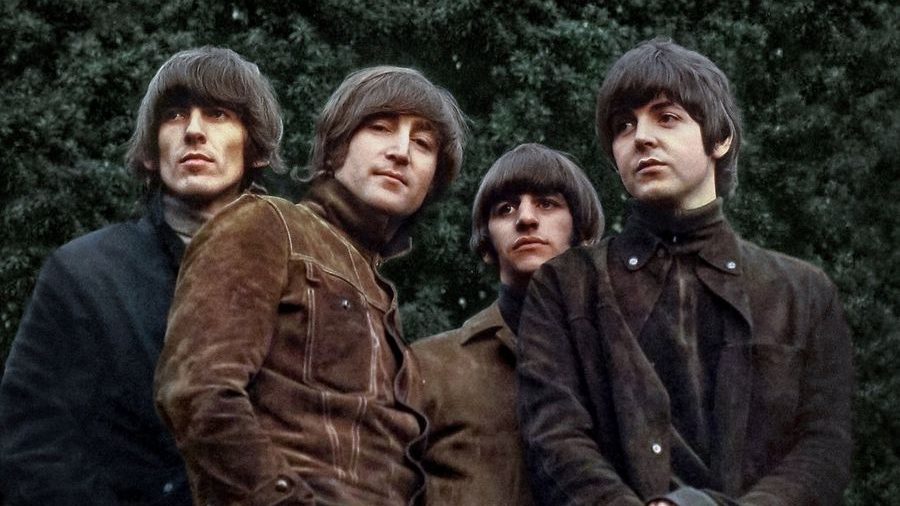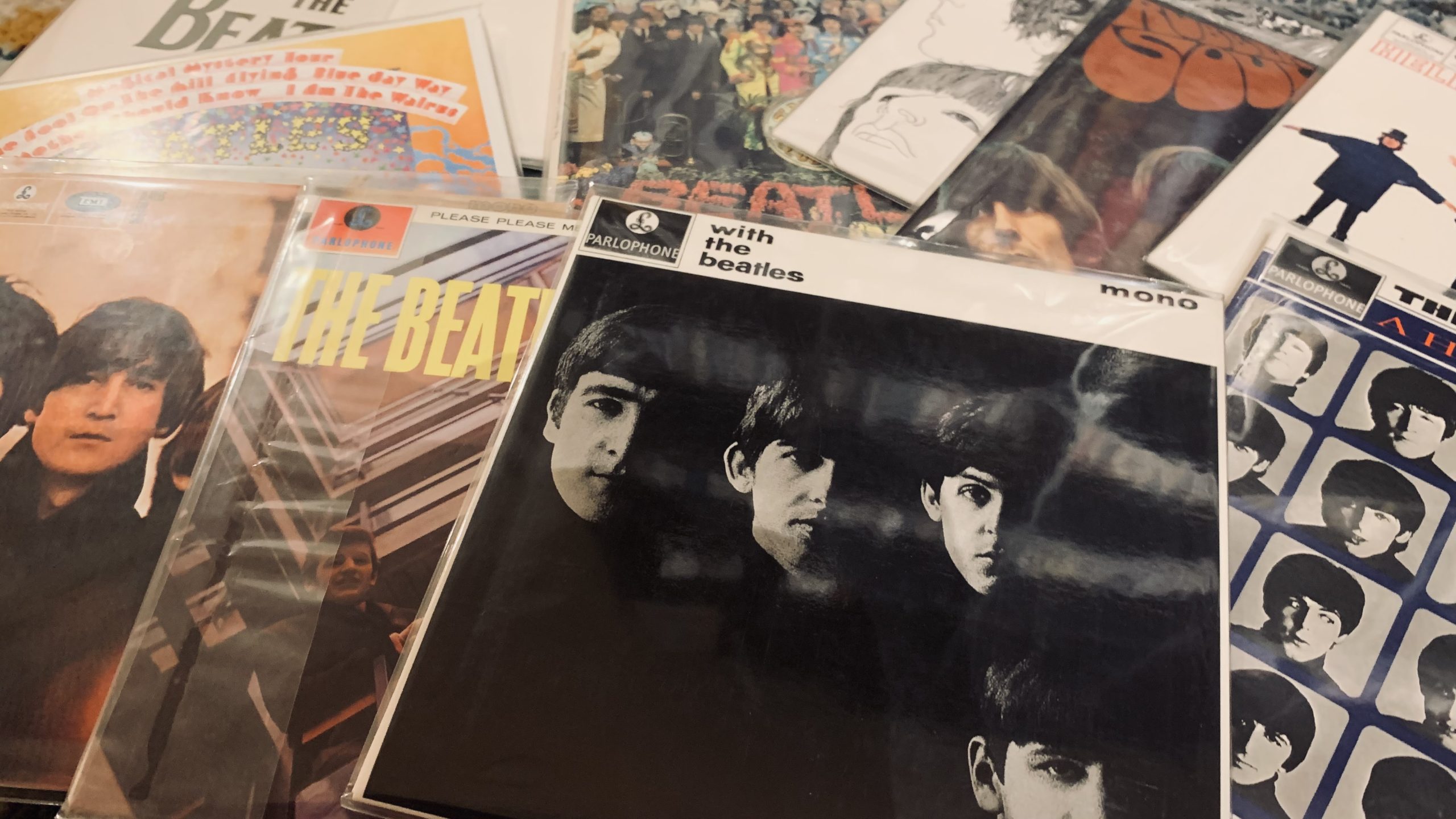
This piece is part of Strange Currencies Music’s month-long celebration of The Beatles.
Though they broke up over half a century ago, The Beatles remain the most popular band in the world: a “great equalizer” between casual music fans and unapologetic snobs. Perhaps it’s their popularity with the former that has effectively created a veritable industry of “deep fandom” among the latter. Weighty tomes have been devoted to the most minute details of the Liverpool group’s decade together: documenting the hours they spent in the studio; the technology and techniques employed in their recordings; and the inner workings of their business ventures. Exploring The Beatles from these various perspectives may – to the outside observer – seem like a distraction from the music that stands at the forefront of their legacy. However, for true devotees, these avenues merely provide additional angles in which to consider an impossibly-rich catalog – new ways to re-contextualize a body of work whose familiarity is marrow deep.
This fanaticism shows little discrimination between the various eras of The Beatles’ career, but often finds particularly conversation-worthy subject matter the closer it comes to the group’s 1970 split. One common exercise for obsessives is to ponder the possibility of the band’s continuation into the seventies through arranging the four members’ early solo work into an imaginary fourteenth Beatles album. A quick Google search of “Beatles album after breakup” will yield pages worth of attempts to create a hypothetical follow-up to 1970’s Let it Be. Like pre-2004 homemade compilations of The Beach Boys’ Smile recordings, everyone who assembles one of these playlists seems convinced that their version is the best. I include myself in this accusation, and have gone so far as to create a series of imaginary Beatle albums from 1970, 1971, 1973, 1974, and 1980.
These reconstructions of solo material into a cohesive group statement often involve some accompanying element of fan fiction; my own sequence envisioned a scenario in which the band took off 1972 to return to touring, and then followed John Lennon into retirement in 1975, before returning in 1980. It’s fun – and fascinating – to consider how a song like Paul McCartney’s electro-pop curiosity “Temporary Secretary” might sit next to Lennon’s stately “Watching the Wheels,” and the existing template of the group’s legendary “White Album” provides precedent for a Beatles record that is both a sprawling and somewhat-disjointed testament to their four unique artistic personalities.
What Beatle fans seem to do with far less frequency is to consider the inverse possibility: What if the band had fractured in a more significant manner prior to 1970? While Paul McCartney had worked alongside producer George Martin on the soundtrack to the 1967 film The Family Way, and John Lennon completed a trio of highly experimental records with Yoko Ono prior to The Beatles’ dissolution, one could easily argue that it was George Harrison who had made the most intriguing music outside of the band before their split.
Harrison’s first post-Beatle record – the 1970 triple-LP All Things Must Pass – is a bonafide classic. However, the work that he did on either side of that masterpiece has a decidedly mixed reputation. Like McCartney, Harrison’s first solo venture was a soundtrack: specifically the 1968 Joe Massot film Wonderwall. Released in 1968, Wonderwall Music finds Harrison taking a deep dive into the classical Indian sounds that had informed his recent contributions to The Beatles’ Revolver (1966) and Sgt. Pepper’s Lonely Hearts Club Band (1967). Long considered little more than a curio to Beatle fans, Harrison’s Wonderwall soundtrack is an often-engaging listen – decidedly non-pop, but containing enough hallmarks of Western conventions to endear itself to semi-adventurous listeners of period-appropriate rock music.
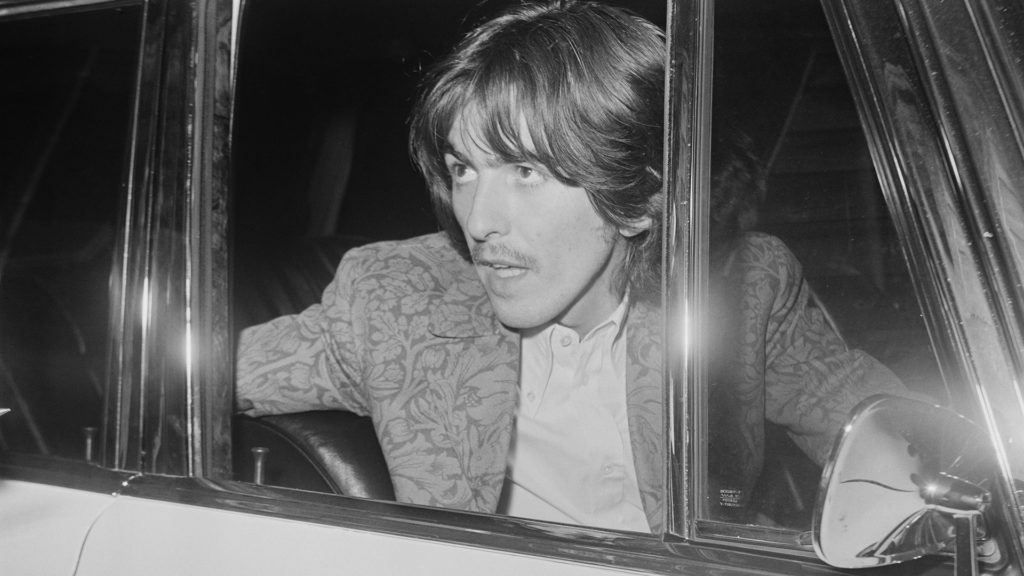
Just as Harrison’s earliest solo work found him in an exploratory mode, so too did much of his contemporary work with The Beatles. However, outside of certified classics like “Something,” “While My Guitar Gently Weeps,” and “Here Comes the Sun,” the truth is that many of Harrison’s contributions to this era of The Beatles’ career have always sat somewhat awkwardly within the group’s legacy. While I personally could scarcely imagine Sgt. Pepper without the radiant “Within You Without You” – easily one of the most beautiful moments in The Beatles’ discography – for many listeners, the track sticks out like a sore thumb among Pepper‘s more pop-inclined brethren; even if it fits fully within that album’s kaleidoscopic approach.
It’s this sense of detachment from “pop convention” that initially led me to consider what became the driving question for this project-turned-article: What would happen if one were to take George’s more exploratory contributions from the post-Pepper era, and mix them in with the best-fitting moments from Wonderwall Music, in an attempt to create an different, imagined Harrison solo record from 1968? Essentially, my thought was that if Wonderwall was too outré for pop fans, could it be augmented with a few Harrison tracks that have been largely relegated to neglected corners of The Beatles’ discography in a way that might “rescue” both?
The first task was to define parameters. While this theoretical album would contain tracks that Harrison recorded in 1967-68, I chose not to consider any of his contributions to Sgt. Pepper or the “White Album.” With those records firmly entrenched in the innermost circle of the pop music canon, it seemed against the spirit of discovery to include them in this exercise. Ultimately, this left me with four Harrison songs to add to the Wonderwall Music tracks: “Blue Jay Way,” “Only a Northern Song,” “It’s All Too Much,” and “The Inner Light.”
Of these tracks, “Blue Jay Way” was the hardest inclusion – not because of its quality, but due to the modern day acceptance of its parent record, 1967’s Magical Mystery Tour, as a part of The Beatles’ core collection. Initially released in the UK as an EP, Magical Mystery Tour was expanded to a full-length record upon its American release, with the addition of several contemporaneous singles to its B-side. Though this has perhaps made “Blue Jay Way” better-known to later generations of listeners, that track felt very much at home alongside the Wonderwall material.
The easiest-to-justify inclusion was “The Inner Light.” Initially released as the B-side to McCartney’s “Lady Madonna,” the track has since been relegated to an easy-to-overlook position toward the end of the Past Masters compilation. Recorded at the same time as Wonderwall Music, with much of the same personnel, it fits naturally alongside Harrison’s solo work of the era.
The other two tracks were originally released as part of the 1969 soundtrack to the Yellow Submarine film. With a second side padded out by George Martin’s orchestral score to the animated feature, the soundtrack is – understandably – the least necessary piece of The Beatles’ “official canon.” While both tracks feature significant contributions from the other three members of The Beatles, they are unquestionably the work of Harrison; his signature sarcasm and underdog charm peek through each track’s psychedelic whimsy.
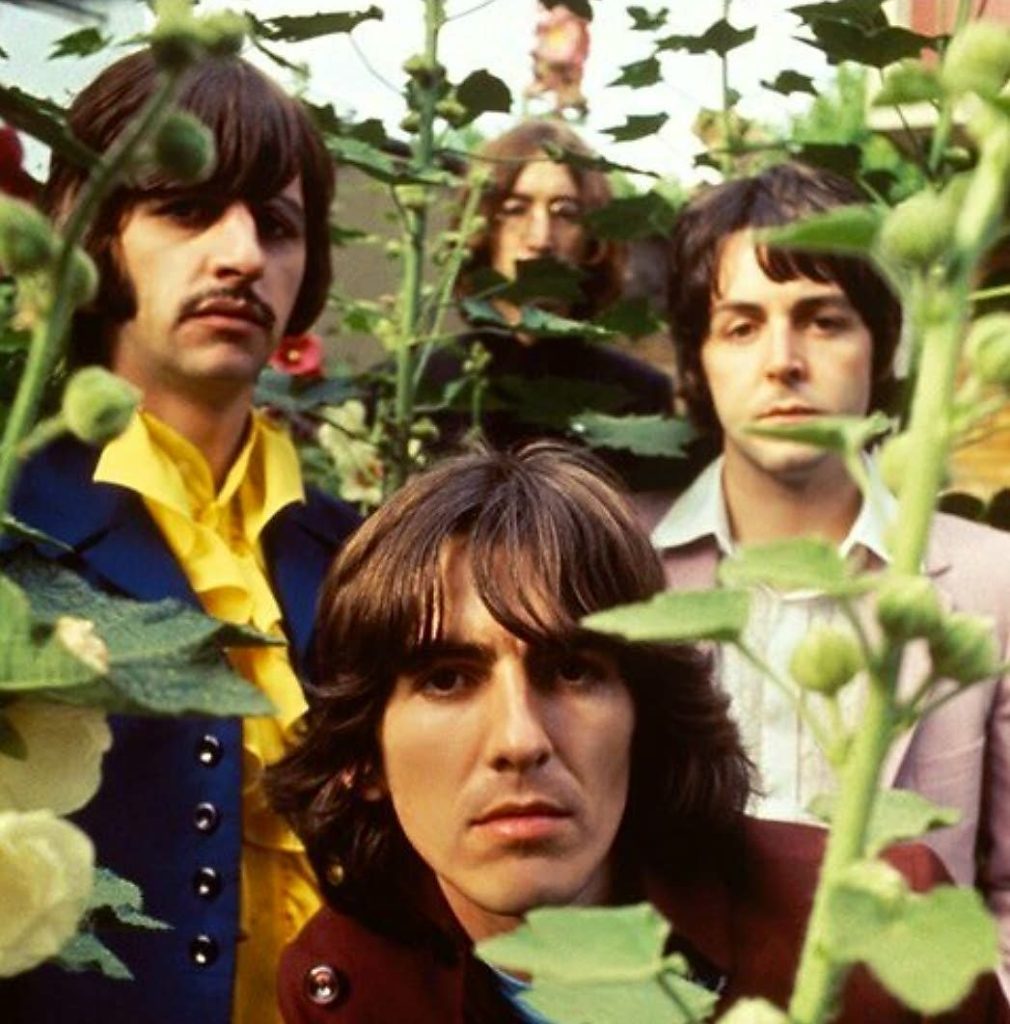
Adding these four tracks to Wonderwall Music made for an overly long listening experience. Ultimately, I set a goal to divide my imagined album into two sides, each with a 23-minute maximum run-time that would have been within the norm for the late-sixties. While cuts were necessary, most were relatively easy decisions. To begin, I did not consider any of the bonus material from the 2014 reissue of Wonderwall Music. I also dropped a few lesser tracks (“Crying,” “Guru Vandana”) and some of the more awkwardly-fitting genre diversions (“Cowboy Music,” “Drilling a Home,” and “Party Seacombe”).
Sequencing proved more difficult. Clearly, I needed to provide some separation between the more conventional Beatle tracks. “The Inner Light” seemed the most fitting to include toward the beginning, partially because – as George’s work was wont to do – it set out something of a philosophy early on in the record. Conversely, the climactic nature of “It’s All Too Much” seemed best suited toward the end. I had originally sequenced it as the closer, but opted to honor Harrison’s original placement of “Singing Om” at the end of Wonderwall by making it the last track here as well.
Besides containing a wholly-engaging forty-six minutes of music, the end result of this exercise strikes me as surprisingly feasible. While John Lennon and Paul McCartney – particularly the latter – made noticeable contributions to at least two of these tracks, it’s not impossible to imagine George recording very similar versions of those songs without them. Though it’s more difficult to imagine George making those songs without Ringo Starr, consider that The Beatles’ drummer already appeared on several of Wonderwall Music‘s songs.
The finished product was, at least to me, something of a revelation – one that gave me a much more favorable view of the Wonderwall tracks, and that provides a more complementary environment for some of The Beatles’ most overlooked songs. The ratio of instrumental tracks to more conventional pop ones immediately reminded me of Brian Eno’s 1975 masterpiece, Another Green World. It was that connection that led me to christen this reconstruction as George’s Green World: an “album” that takes a similarly-expansive and forward-thinking approach to the concept of pop music, and incorporates it into a piece that is experimental on the exterior, but warmly inviting. Enjoy…


